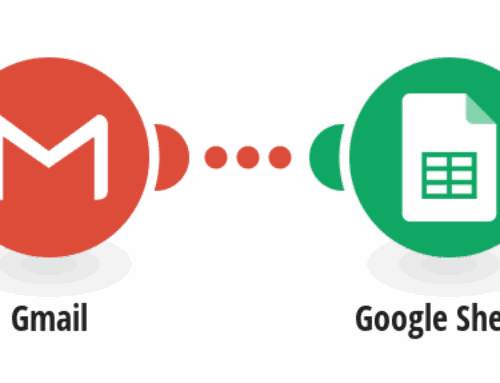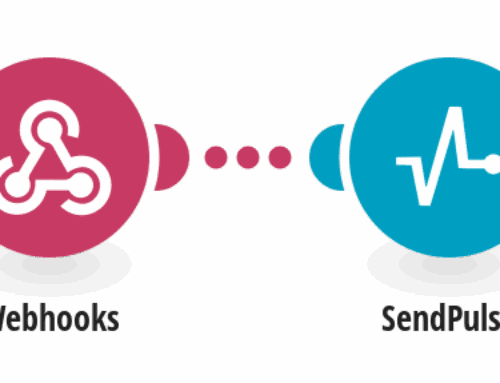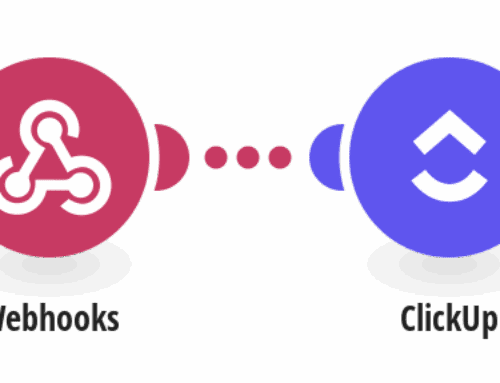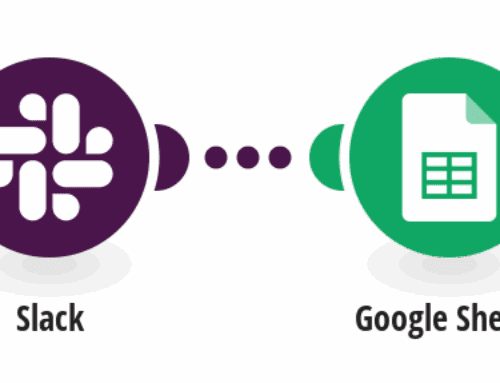Imagine being able to manage your customer’s lifecycle from the moment they sign up for your product until they finally cancel their subscription. This scenario is not just hypothetical; it’s something we can probably all imagine as a potential outcome of using a low-code automation tool within our business.
After all, these tools are designed to make customer life easier and more streamlined by automating common processes that would otherwise require too much time and effort. But what exactly do we mean by low code? Let’s unpack that first before moving on to explore the implications it has on your business.
The Rise of Software-as-a-Service Tools
In the world of SaaS, the customer-success process naturally moved from more traditional sales and marketing activities to a more consultative role. To achieve this, the various stages of the process were outsourced to different departments. For example, customer onboarding and onboarding planning were outsourced to sales, while account management and closing were mostly handled by marketing.
As the process was split into smaller and smaller functions, it began to feel like the customer success team was a separate company within the company. What we’ve essentially done is create silos of information sharing.
Each department has its ways of storing, finding, and communicating information. This limits their ability to collaborate, increase efficiency, and ultimately, close more deals.
Low-Code or No Code?
This is where low-code automation tools come in. Low-code automation tools are software-as-a-service tools that allow you to create custom business applications using low-code. By using low code, you can reduce development time and costs by reducing the amount of coding necessary to create your application.
As low code is a code-free business application development methodology, these tools are also great for those who don’t have any coding experience. The good news is that low code has proven to be a successful tool for businesses of all sizes and industries, making it a great fit for a wide range of businesses. What are the
Benefits of Using a Low-Code Automation Tool

Automated processes are one thing; fully automated, non-human processes are a whole other level of automation. These are processes that require minimal human intervention, so you can be sure they’ll be completed accurately and on time. This level of automation is a huge game-changer.
It means that your business can now operate with a much smaller team. Or, it can decrease its cost of operations by having fewer people manage more tasks. As a result, the benefits of low code are numerous and wide-ranging, across all areas of your business.
Speed of Process
With low code, your teams don’t have to go through the lengthy process of building custom applications from scratch. Instead, they can use dedicated low-code platforms to author customized solutions that automate processes, decrease the amount of time required to train new team members, and streamline the existing workflow.
Low-code tools can help you streamline processes by automating them. For example, you can use a low-code platform to create an order management solution that helps your team manage orders, track inventory, and generate reports. This solution can also help you handle customer support inquiries, manage project management tasks, and more.
Automated Data Collection
As you can imagine, manually collecting data can take a long time. However, with a low-code solution, you can automate data collection. This can help you collect data from multiple sources to create a comprehensive data set, including your customer’s profiles and activities within your product.
Additionally, you can use low-code automation tools to collect data outside of your product. For example, you can create a low-code solution that collects data about your customer’s behavior and product usage outside of your product. By doing this, you can create insights that help you improve your product.
Reduced Training Time
Advanced technologies like AI, ML, and machine learning are making the hiring process more competitive. Automating some of the more tedious aspects of hiring such as paper-based processes and lengthy training periods can help you attract top talent and retain them. Using low-code automation tools, you can create solutions that help your team onboard new team members.
These solutions can include onboarding processes, team management functions, and more. For example, you can create an onboarding solution that helps new team members get familiar with product functionality and navigate through the onboarding process. You can also use this solution to address training issues, manage training schedules, and more.
Increased Team Collaboration
Low-code solutions allow you to create team collaboration functions. These functions can include social media management, team chat, team calendar, and more. You can use these functions to help your teams communicate without relying too heavily on internal resources and processes.
For example, you can create a low-code solution that helps you manage and track social media content. With this solution, you can create a social media calendar, track posts, and manage team communications. You can also use this solution to track project progress, manage expenses, and track brand safety.
Reduced Costs
Adhering to expensive regulatory requirements, such as the EU’s GDPR, can be costly. Low-code automation tools can help you meet these requirements more efficiently by automating key processes, such as data protection compliance, data analysis, and more.
Common Terms Used
In this section, we’ll be breaking down the main terms you’ll want to be familiar with when it comes to low-code automation tools.
SCRs
Sales, customer, and retention scripts are the primary low-code components that you’ll use to create your low-code applications.
Visual Editor
The visual editor is the tool that you’ll use to create your low-code components. You’ll create these using the visual editor.
EDM
The enterprise development model refers to the way that low-code applications are developed. Low code is usually built using an agile development model, which means it’ll usually be developed using an agile development model.
REST API
A REST API is a type of low-code application that allows external systems to access and interact with it.
Best Low-code Automation Tools
Zapier
Zapier is a tool that allows you to create “Zaps” — automated actions that can connect and automate many applications like Gmail, Office 365, and more. These “Zaps” are created based on your custom syntax and rules that you define. You can do all this by setting up “Connectors” that allow you to connect with other applications.
If you are an e-commerce company, for example, you can set up a connector to fetch your customer’s order information from Zoho or Shopify. With this information, you can create a specific rule in Zapier that automatically sends an email to the customer when their order is completed.
Zoho Creator
Zoho Creator is a low-code tool that lets you create business applications with a drag-and-drop interface. It is similar to other development tools like WordPress, but with a few key differences. One of these is that it is specifically designed for low-code development. With Creator, you can easily create low-code sites, apps, and integrations to automate your business processes.
You can use it to create custom reports or run business logic to manage your data. You can also create dashboards to monitor your business KPIs. The key feature of Zoho Creator is that it is completely cloud-based. This makes it extremely easy to use and set up.
Salesforce Lightnin
Salesforce Lightning is a low-code solution similar to Zoho Creator. It’s one of the oldest low-code tools on the market, but it’s still one of the bestsellers. The reason for its popularity is that it’s specifically designed for Salesforce — one of the biggest enterprise applications out there.
All you need to do is import your data from various sources, create custom reports, and then send those to the Salesforce CRM. You can also create custom workflows to automate your business processes.
Quickbase
Quickbase is a low-code solution that enables teams to build out custom business applications on top of a database. This can be particularly useful for companies that want to integrate low-code with legacy systems. With Quickbase, you can create the programming model of your application and then create the application on top of it.
You can use code to build out the application, and then create the same model in Quickbase. When you want to move the application to another team, you can just transfer the model to that team.
Conclusion
In this article, we walked through the rise of software-as-a-service tools, what they are, and how they work. We also discussed the low-code automation tool and what it is, how it works, and what it can do for your business. With low code, you can reduce development time and costs by reducing the amount of coding necessary to create your application.
This is great for those who don’t have any coding experience. Low-code is a code-free business application development methodology, making it a great fit for businesses of all sizes and industries. In addition to these tools and their benefits, we also explored low-code automation tools’ common terms and what they mean.
Now that you know what low-code is, how it works, and what benefits it has for your business, it’s time to open your mind to low-code automation tools and see if they’re for you.
Articles You Might Want To Read:
What is Low Code Workflow Automation?
Using a Low Code Workflow For Your Business
Implementing Low Code Workflow Into Manufacturing Operations








